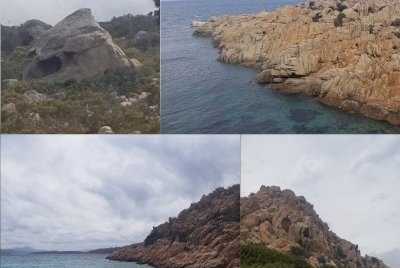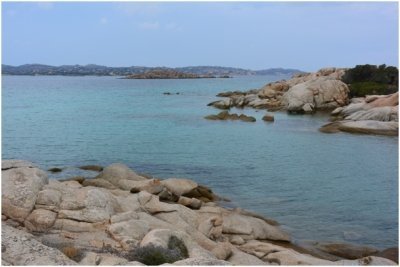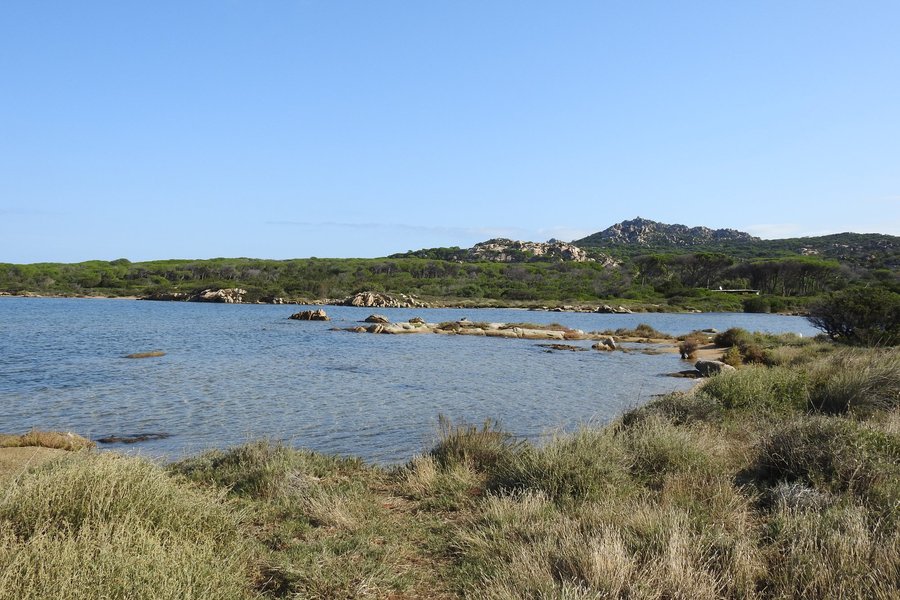Italy
La Maddalena and Islands of Bocche di Bonifacio
Site Info
Official Information
- Full Name
- Archipelago of la Maddalena and Islands of Bocche di Bonifacio (ID: 2028)
- Country
- Italy
- Status
-
On tentative list 2006
Site history
History of La Maddalena and Islands of Bocche di Bonifacio
- 2006: Added to Tentative List
- Added to tentative list
- 2002: Requested by State Party to not be examined
- From Bureau Session
- Type
- Natural
- Criteria
Links
- UNESCO
- whc.unesco.org
All Links
UNESCO.org
- whc.unesco.org — whc.unesco.org
Community Information
- Community Category
- Wildlife habitat: Fauna
- Natural landscape: Insular
Travel Information
Recent Connections
News
No news.
Recent Visitors
Visitors of La Maddalena and Islands of Bocche di Bonifacio
- Bram de Bruin
- Clyde
- Daniel Gabi
- Els Slots
- Emilia
- Farinelli
- Flexiear
- Hadrianus
- HaraldOest
- John Smaranda
- Jonas Kremer
- Lucas Del Puppo
- Matejicek
- Mateusz
- MAURO PODDA PANI
- MaxHeAnouBen
- Mohboh
- Monica Tasciotti
- nan
- Nasebaer
- Roger Ourset
- SirLoydd
- stephanvermeulen
- Szucs Tamas
- Thomas Buechler
- tony0001
- Vanessa Buechler
- Van Hung
- V&M
- Walter
Community Reviews
Show full reviewsEls Slots
La Maddalena and Islands of Bocche di Bonifacio
La Maddalena and Islands of Bocche di Bonifacio (On tentative list)

The La Maddalena archipelago comprises the Italian part of the future Strait of Bonifacio transboundary nomination. After having visited the Corsican side earlier on this Mediterranean trip, I also checked out this Sardinian location. It has a very different feel about it, nothing like the steep cliffs at Bonifacio. However it must be said that I did not visit the Corsican Lavezzi Islands (“miniature paradise of sandy creeks and crystal-clear water”) which may be more similar to La Maddalena.
Between Palau (where I was staying overnight) and La Maddalena ferries sail back and forth in 20 minutes all day long. La Maddalena is the 'capital' of the La Maddalena Archipelago, a national park consisting of seven larger and many smaller islands. La Maddalena itself is a fairly large town, so for the real nature experience you have to go to one of the other islands. For example the neighboring island of Caprera, which is connected to La Maddalena by a dam. The island measures only 15 square kilometers, so I was going to explore it on foot.
The bus dropped me – the only passenger - at the Garibaldi museum. I had planned to do a hiking trail along the north coast from here, but I couldn't find the starting point! So I first walked to the other side of the island via the main road. The scenery here on Caprera is captivating: large boulders that seem to have fallen from the sky, surrounded by typical Mediterranean low …
Keep reading 0 commentsZoë Sheng
La Maddalena and Islands of Bocche di Bonifacio
La Maddalena and Islands of Bocche di Bonifacio (On tentative list)

I'm always up for a marine reserve. A lot more waters need protection. Most people don't realize that if the seas are screwed up the rest will go with it. A lot of oxygen comes from the ocean plants, marine life is the core of the planet and it's not just a piece of blue water. With my eco speech out of the way, I only went to the underwaters of Italy and not in France. The cliffs or Bonifacio are great but I assume the marine life is similar seeing that they are in close proximity. I took a day trip to Maddalena which I don't think should be included as half the island is a town. Immediately I moved on to Caprera via a small road plus bridge. The entire island is a national park - great! I stopped at the first long beach and snorkeled around. It's pretty but I cannot speak for unique. I then drove to the east side to hike to Cala Coticcio. It's only 1.2km but it will take a good 25min with the boulders and steep “steps” between the oddly marked parking lot on the map and the tiny beach. It is a nice and popular hike and if a bit warmer would have more people at the beach. I find the ghoulish rock formations the best part of the island but I am sure this isn't the part they want to inscribe.
There is also a sign that all hikers …
Keep reading 0 commentsMatejicek
La Maddalena and Islands of Bocche di Bonifacio
La Maddalena and Islands of Bocche di Bonifacio (On tentative list)

One of the most beautiful beaches of Europe can be found in Sardinia - I guess I am not only person agreenig with this statement. I spent there my September holidays 2017 with suspicion I traveled to another planet... We explored almost all East Costline of Sardegna from Capo Testa to Capo Carbonara.
I travelled to la Maddalena archipelago from Palau by ferry. Town of la Maddalena is quite ordinary, but it is not deffinitely true for uninhabited parts of the islands. Then we went to Caprera island, it is connected with la Maddalena with bridge - Ponte Moneta. From the bridge, we could see a couple of dolphins. Even though they appeared in rather fair distance from me, it was emotional experience. There are several marked track on Caprera island, so we would explore the vegetation (quite typical fro Meditterain) and walked to several beaches (photo) - ask locals which Spiaggia is the best in the area... For person prefering history to nature, there is also Tomba di Garibaldi on Caprera island.
As the most interesting and significant features are hidden under see level, it is hard for me to fully recognize the qualities of the Archipelago. Definitly, the granite costline is unique. Unbelievable granite rock can be found in Capo Testa, some 15-20km from Palau (not included to TWHS). Therefore, I support the inscription.
Keep reading 0 commentsClyde
La Maddalena and Islands of Bocche di Bonifacio
La Maddalena and Islands of Bocche di Bonifacio (On tentative list)

This would make an interesting transnational WHS. Rich flora and fauna and superb landscapes and history.
Keep reading 0 comments
